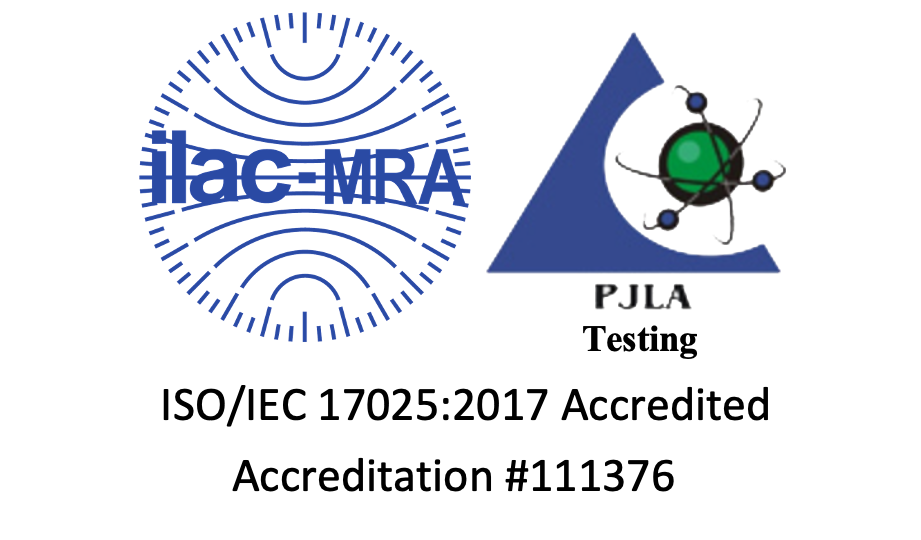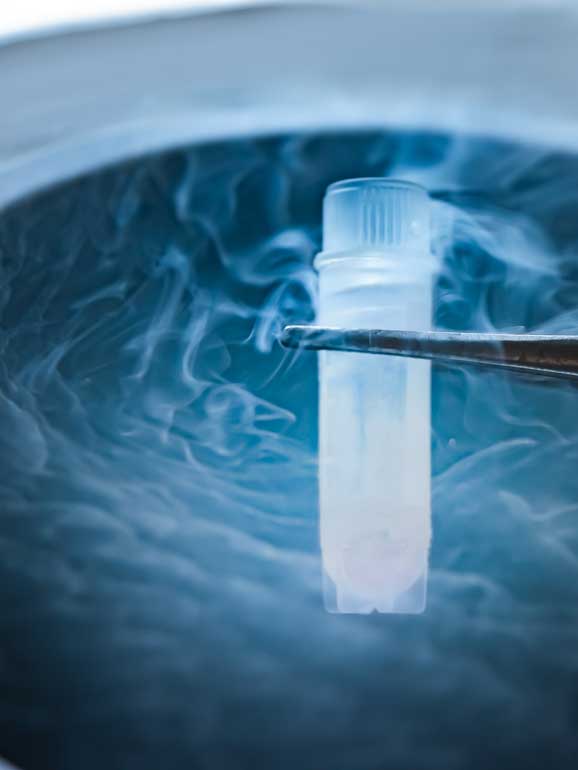ISO21702
ISO 21702:2019 TESTING FOR NON-PORUS SURFACES
Test the Virucidal Activity of Your Non-Porus Surfaces
ISO 21702:2019 is an international standard used to measure the anti-viral activity of non-porous materials.
During an ISO 21702:2019 test, the virus is added to the surface-of-interest for up to 24 hours. Then, the virus is recovered and the remaining infectious virus is quantified. The virucidal activity is reported relative to a reference material (typically an inert, non-porous surface).
You can request an ISO 21702:2019 test against one or more of our virus library.
At VRS, our ISO 21702:2019 experiments are third-party accredited (ISO/IEC 17025:2017, Perry Johnson Laboratory Accreditation Inc.); this means our testing is regularly audited and proficiency testing is completed twice annually.

ISO21702
Our Approach
To perform an ISO 21702:2019 test, we use small pieces of the test surface, typically 5 cm by 5 cm squares. To this, a small volume of virus is added and immediately covered with a thin inert film to maximise virus-surface contact. The liquid sample must not be absorbed into the material as this test is for non-porous surfaces only. The samples with virus are then left in a humidified chamber at room temperature for up to 24 hours. Next, to recover the virus, the material and the underside of the overlay film are washed with liquid media, gathering the surviving virus in this media.
Cultured cells are then used to quantify infectious virus. When we add the recovered virus to these cultured host cells, the severity of the infection of these cells indicates how much virus has survived on the test surface. This is called a TCID50 assay (Tissue Culture Infectious Dose 50). If sufficiently less infectious virus is recovered from the test material than from the reference material, the test material is deemed anti-viral.
There are many advantages to using the ISO 21702:2019 test. Because it is an international standard, your anti-viral results will be recognised internationally. The ISO 21702:2019 test also includes multiple controls (you can read more on our ISO 21702:2019 blog article) that can be used to ensure all has gone well during the experiment, giving everyone confidence in the result.
If you work with non-porous surfaces, contact VRS today to learn how the ISO 21702:2019 test can be useful for you.
Subscribe

